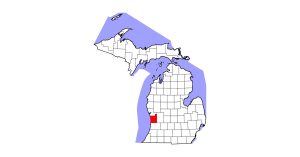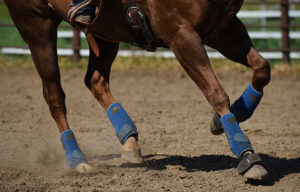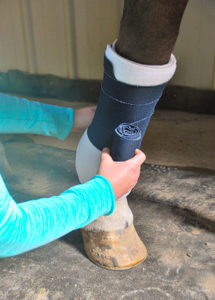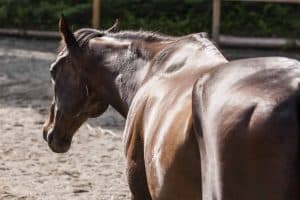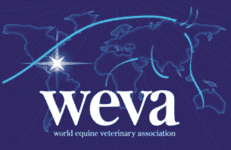Breeding Aging Mares
How to decide if your older mare is a good candidate for breeding and improve her chances of success

Gala Argent wanted one last foal. After 25 years breeding Foundation Appaloosas, the educator and researcher had decided to retire from breeding. To mark the end of that era, Argent chose to breed her cherished homebred mare Della. Beautiful inside and out, the leopard roan was born on Argent’s Batavia, Illinois, farm two decades earlier.
Della might have been a senior mare, but she was in excellent health, Argent says. Like her dam and sire—who lived to be 28 and 30—Della was fit, energetic, and pain-free in her golden years. Plus, she’d already foaled twice with no complications.
After three months at pasture in a domestic harem with a leopard stallion, Della was in foal. Nearly a full year later, at age 21, she gave birth to the biggest and most precocious foal Argent had ever seen. Scooter was standing and suckling the senior dam’s full udder within minutes, she says.
While Argent’s story had a positive outcome, the reality is it’s not always easy to breed older mares, and there’s a higher risk of complications, our sources say. In this article we’ll share expert advice on how to decide if your older mare is a good candidate for breeding and how to improve her chances of success.
15 Years & the Reproductive Plateau
Up until about age 15, healthy mares have a 50-60% chance of conceiving per estrous cycle, says Patrick McCue, DVM, PhD, Dipl. ACT, a professor of theriogenology in the College of Veterinary Medicine & Biomedical Sciences at Colorado State University (CSU), in Fort Collins.
The ability to conceive and produce a live, healthy foal declines steadily starting at age 15 and decreases even more after age 20, he says.
That’s mostly because of an aging, scarred, infection-prone uterus, says Christine Aurich, DVM, PhD, head of the Graf Lehndorff Institute for Equine Science, in Neustadt, Germany. While some mares experience ovarian senescence, a gradual decline in the ability to produce fully functional oocytes, and stop cycling at around age 25, most continue to ovulate and produce good-quality eggs that then migrate into a poorer-quality uterus.
Getting these mares pregnant often requires extensive veterinary assistance, Aurich says. Once pregnant, they’re more likely to develop uterine infections and abort. At foaling, they have an increased risk of uterine arterial rupture, due to aging blood vessels, and a retained placenta. And if it’s the mare’s first foal, it’s likely to be small
This story requires a subscription to The Horse magazine.
Current magazine subscribers can click here to and continue reading.
Subscribe now and gain unlimited access to premium content.
Subscribe NowWe at The Horse work to provide you with the latest and most reliable news and information on equine health, care, management, and welfare through our magazine and TheHorse.com. Our explanatory journalism provides an understandable resource on important and sometimes complex health issues. Your subscription will help The Horse continue to offer this vital resource to horse owners of all breeds, disciplines, and experience levels.
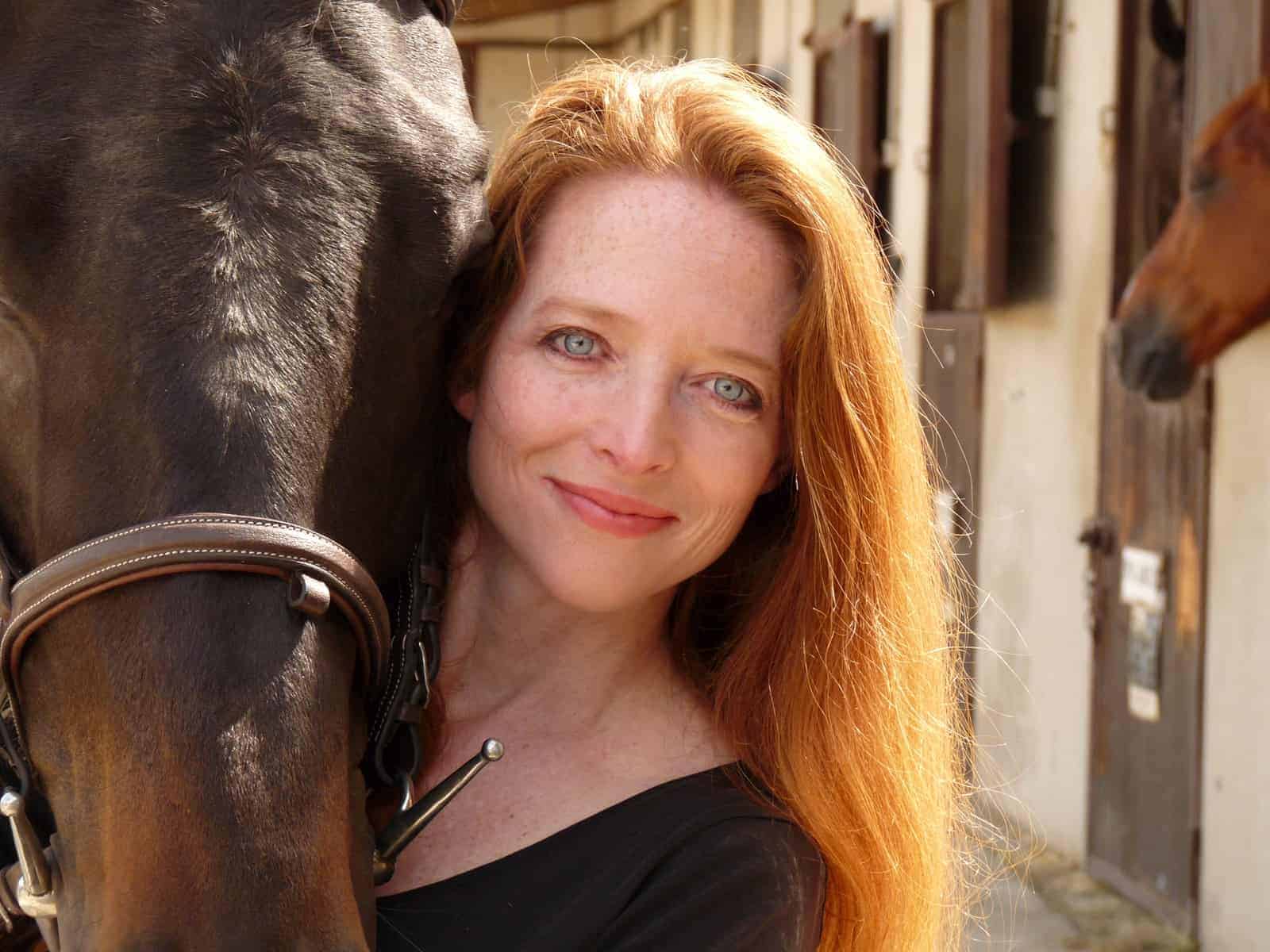
Written by:
Christa Lesté-Lasserre, MA
Related Articles
Stay on top of the most recent Horse Health news with
